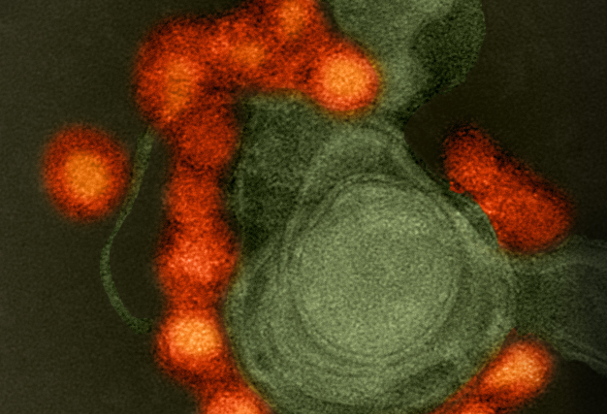Peptide Ruptures Viral Membrane of Zika Virus
According to a recent study at Nanyang Technological University, Singapore (NTU Singapore), a newly engineered antiviral peptide will aim to attack the viral membrane of the Zika virus—stopping it from causing severe infections. Transmitted via Aedes mosquitoes, Zika virus infections during pregnancy are implicated in birth defects such as microcephaly, a condition in which a baby is born with an abnormally small head and brain. World Health Organization still declares the Zika disease today as a large global threat.
The study included researchers administering the newly developed antiviral peptide (consisting of amino acids) in Zika-infected mice. The results showed a decrease in disease symptoms and a reduction in the number of deaths. Since a key feature of the Zika virus is to target the brain and central nervous system, the peptide was found to cross the nearly impenetrable blood-brain barrier to tackle viral infections in mouse brains protect them against Zika injury. The findings were published in Nature Materials.
The study, in collaboration with the Federal University of Minas Gerais (UFMG) in Brazil and Ghent University in Belgium, lasted six years and included researchers in materials engineering, antiviral drug development, and pharmacology. "There are currently no vaccines for the Zika virus, while available medicines only alleviate symptoms such as fever and pain," said NTU Singapore's Associate Professor Nam-Joon Cho. "This newly created peptide holds great promise in becoming a future antiviral drug that can act directly on viral infections in the brain."
In their earlier studies, the scientists tested a particularly promising peptide in Zika-infected mice which previously showed that it ruptured other similar-sized enveloped viruses in the laboratory. "The peptide differentiates between Zika viral membranes and mammalian cell membranes because the virus particles are much smaller and more curved, while the mammalian cells are larger and flatter. Like how a pin pricks a balloon, the peptide pricks a hole in the viral membrane. Prick enough holes, and the virus will be ruptured," explains Assoc Prof Cho. "There are instances where a virus mutation can lead to an epidemic in a short time, leaving communities unprepared. By targeting the lipid membrane of virus particles, scientists may devise more robust and effective ways to stop viruses."

The laboratory analysis showed that when the peptide was administered 10 out of 12 infected mice have survived. "The exciting antiviral results validate the potential of this innovative therapeutic strategy and are further enhanced by the engineered peptide's ability to cross the blood-brain barrier," says Jeffrey S. Glenn, a Professor of Medicine and Microbiology & Immunology at Stanford University.
Source: Nanyang Technological University

-
MAY 07, 2024Is It Anti-RNP or Anti-Sm/RNP?
- See More
-
APR 30, 2024Immuno-Oncology Virtual Event Series 2024
-
MAY 07, 20243rd International Biosecurity Virtual Symposium
-
JUN 06, 2024The Future of Scientific Conferencing
- See More

















































